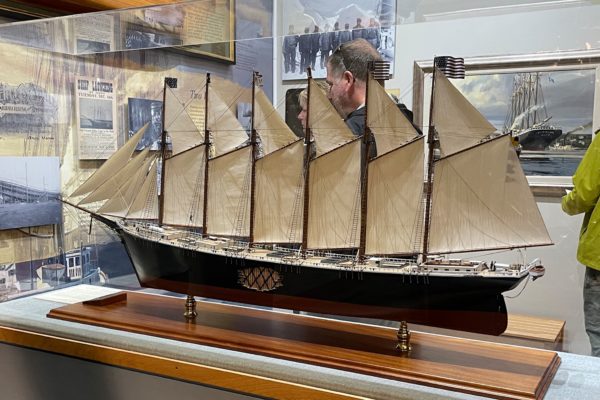
The weather forecast was calling for 90% chance of rain, so it seemed like a good day for an indoor tourist thing. We headed over to the Maine Maritime Museum, on the original site of the Percy & Smalls Shipyard in Bath. Uh oh. A big part of this museum is outdoors or inside the preserved original buildings connected by footpaths across the 20-acre site. But as luck would have it, the forecast was mostly wrong. The sky cleared up nicely after a 10-minute downpour, and stayed that way for the rest of our day at the museum.
Beginning in the mid-1700’s and continuing into the early years of the last century, the western bank of the Kennebec River in Bath, ME was lined with shipbuilders who found the gentle slope to the river to be ideal for the construction of large sailing vessels, and the protected, navigable waters convenient for launching the completed ships as well as for receiving the materials to build them with. Today, the Maine Maritime Museum is on the site of one of these former shipbuilding yards. Their plethora of exhibits, including several original buildings, held much promise for an interesting and educational day.
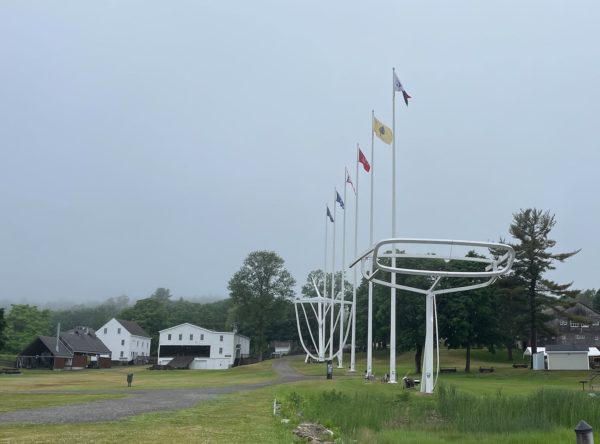
A museum highlight is the sculpture in the photo above, which is a full-size representation of the six-masted schooner Wyoming, the largest wooden sailing vessels ever built in North America. The 450-foot coal-carrying ship was built in this very shipyard, and the ways upon which the hull was assembled and outfitted, and from which the completed ship was launched – right where the sculpture sits now. The white buildings in the photo are the original shops where the wooden parts of the boat were made and the hardware and rigging was prepared.
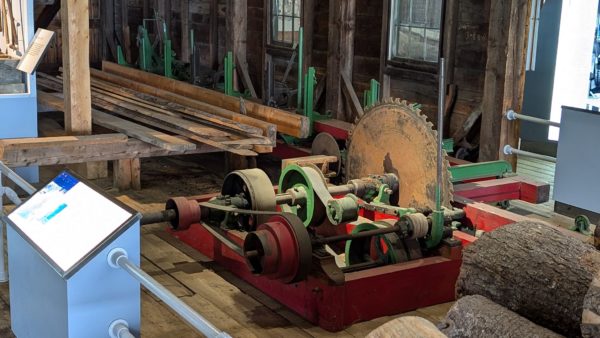
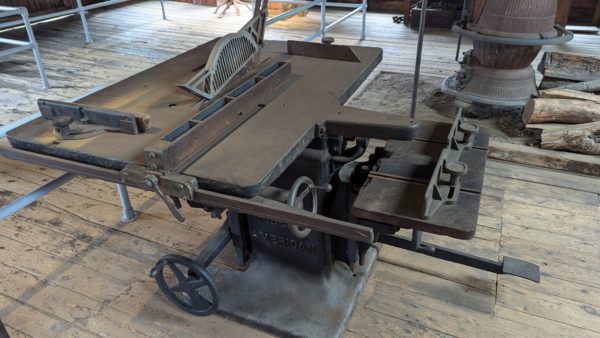

The joinery shop, upstairs from the mill
The museum is focused on wooden ship building of all sizes. Exhibits include the Mary E, a 2 -masted schooner built in 1906, and a growing collection of small wooden boats.
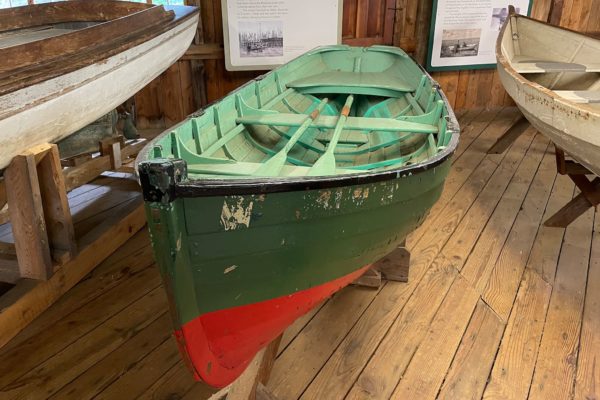
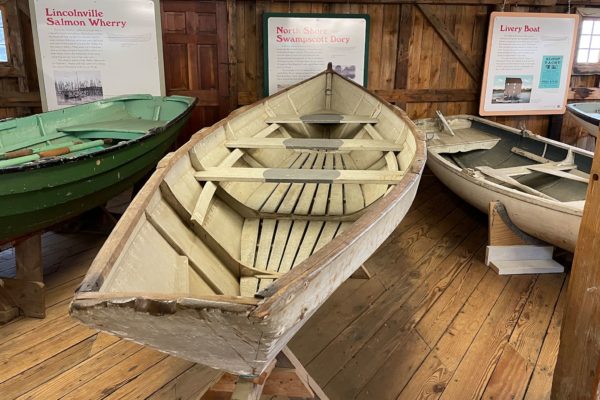
The small boat collection
One building featured everything about the Maine lobster business, including a captivating set of videos documenting the life cycle of the Maine or North American lobster – eat, fight, reproduce, repeat (for up to 70 years!).
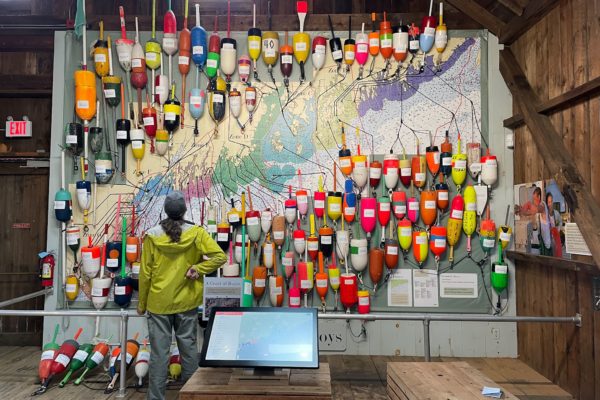
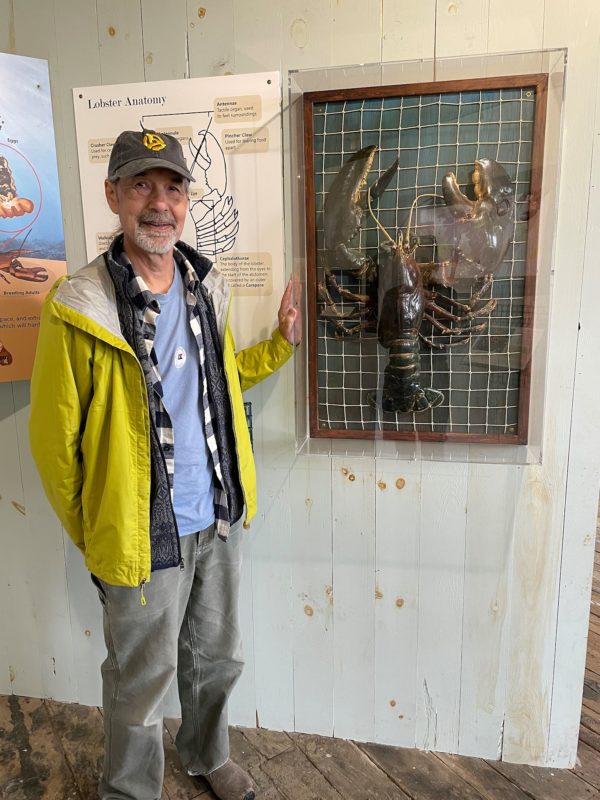
The lobster exhibit
For those interested, we have a flickr album with a few more photos from the Maine Maritime Museum.
